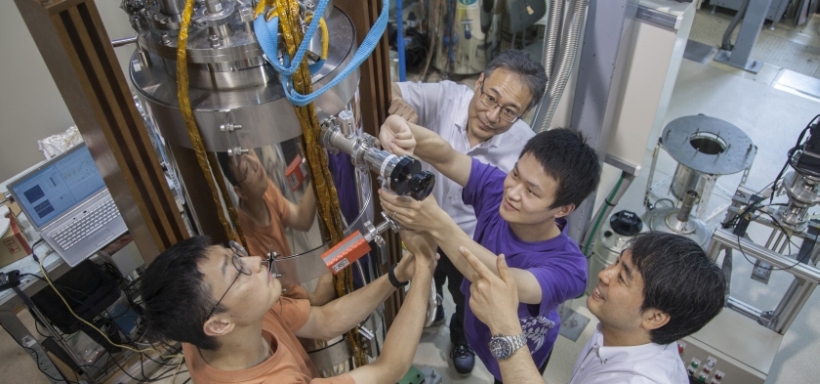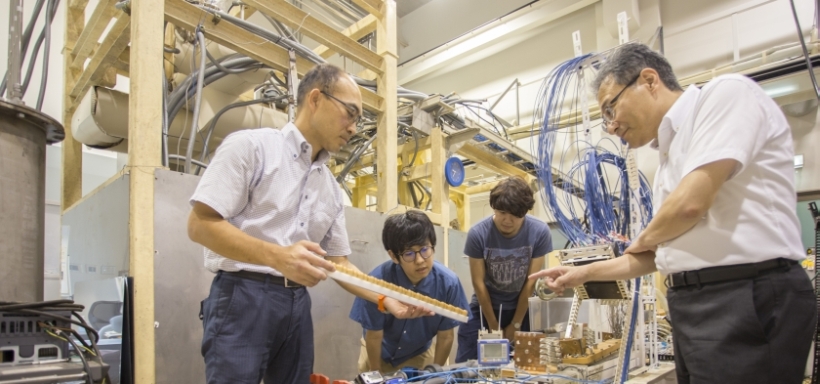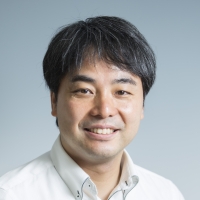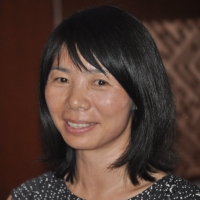From a energy integrated engineering standpoint, we advocate innovation in solving nuclear fusion reactor issues.
Our laboratory's focus is overcoming difficult technological issues encountered on the path towards practical use.
Research into the development of nuclear fusion reactors which are called "the sun on earth" is progressing through international collaboration, with a goal of activating them and putting them into actual use by 2050. At present, an international thermonuclear experimental reactor called ITER is being constructed in Cadarache, France, and it is slated for completion in 2025.
This laboratory is pursuing research into nuclear fusion reactors’ advanced design, from the standpoint of energy integrated engineering that integrates a wide range of disciplines such as fluid engineering, heat transfer engineering, electromagnetism and structural mechanics. Out of ten issues that must be resolved during the construction of a nuclear fusion power plant, the top three issues given are superconducting magnet design, liquid blanket design and the development of diverter cooling technology, which are crucial engineering issues and form the main pillars of our research. In addition, to improve the high reliability of nuclear power plants that are presently operating and next-generation fast reactors, we are also pursuing the clarification of the mechanisms of wall thinning and vibration on pipes and the development of basic technologies for their prevention.
For technologies such as these to come into fruition, the awareness of construction costs and timeframes is important in addition to being aware of engineering issues. Researchers are required to develop engineering technologies that can be operated in a safe and sustainable manner, in other words, technologies that can withstand actual use and are easily constructed and maintained during operation. This laboratory aims to cultivate researchers and engineers who can think of themselves from a comprehensive standpoint.




 Professor
Professor Associate Professor
Associate Professor Associate Professor
Associate Professor Senior Assistant Professor
Senior Assistant Professor Assistant Professor
Assistant Professor